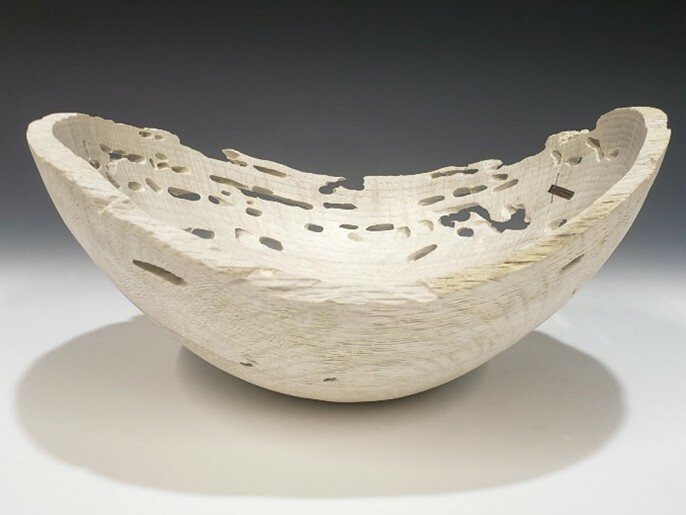UPDATED
KEVIN JESEQUEL WILL DEMO DURING
OUR REGULAR THURSDAY GUILD NIGHT
There will be no other business at this guild meeting.
There will be no Instant Gallery.
The full time will be dedicated to Kevin's demo.
Hollow Form with a Fingertip Opening
Do you have a desire to create hollow forms on the lathe? Are you already making them, but struggling with any part of the process? Do you want to give freehand hollowing a try? I will show you my process for creating hollow forms with clean lines and small openings. Through a combination of hands-on turning and discussion, this demonstration will include everything from selecting the wood to mounting it on the lathe and shaping the form to hollowing and finishing. I will also cover tool selection and use, ergonomics and body mechanics. Hollow forms do not need to be complex or require expensive tooling.
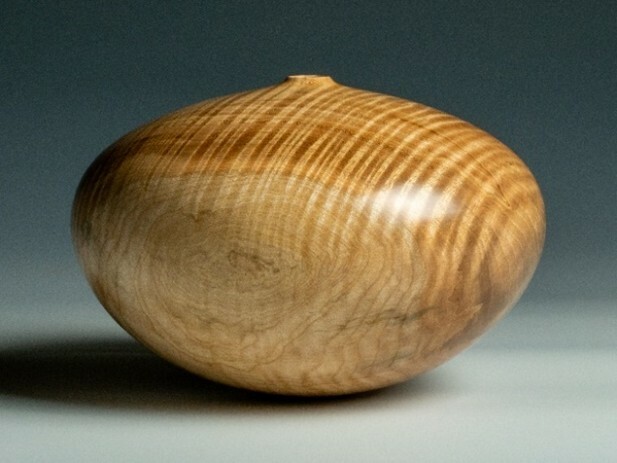
Hollow Form with a Natural Void
We often see hollow forms with natural voids in their walls. I have found that by leaving the natural surface of the log in the blank and manipulating the blank on the lathe, we can create much larger, natural edge voids using any piece of wood. This concept is similar to creating a natural edge bowl. Though, the resulting natural edge opening is in the side of the vessel. The thought of hollowing with such a large void may seem intimidating, but it is actually excellent hollowing practice because you can see the cutter working inside the piece as it turns on the lathe, and these are a lot of fun to make!
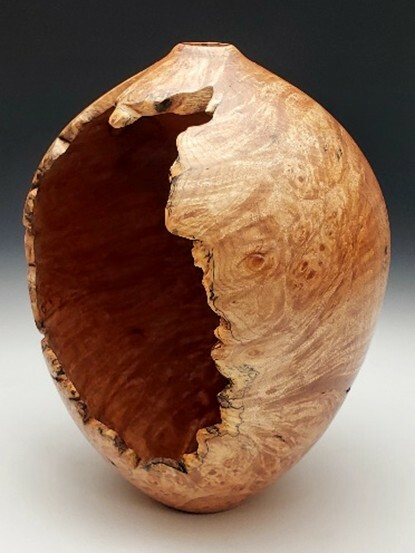
Once Turned Bowl
Turning a finished bowl from green wood is fun and near instantly gratifying. With a little bit of planning and care when orienting the blank on the lathe, we can balance the grain for both esthetics and to encourage even warping as the bowl dries.
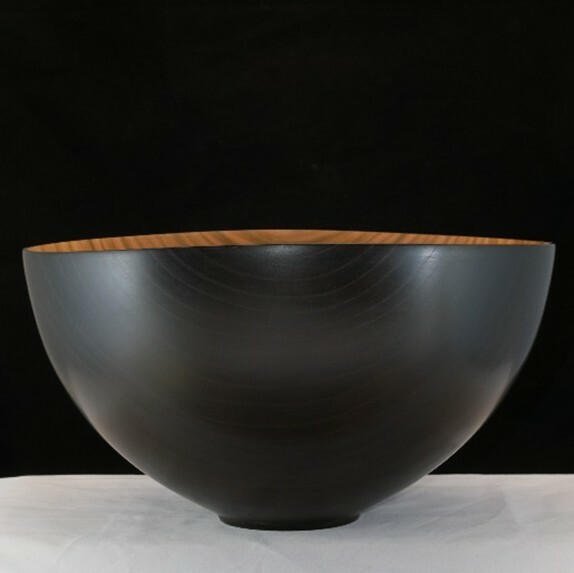
Olla, A Pueblo Inspired Pot
An Olla is a wonderful cross between a closed mouth bowl and a wide mouth hollow form. While much of this form can be hollowed with a bowl gouge, The tall neck and wide shoulders require the use of a bent hollowing tool for at least a portion hollowing process. This makes these forms great practice for using these hollowing tools. Turned thin from green wood, some wonderful movement can be achieved.
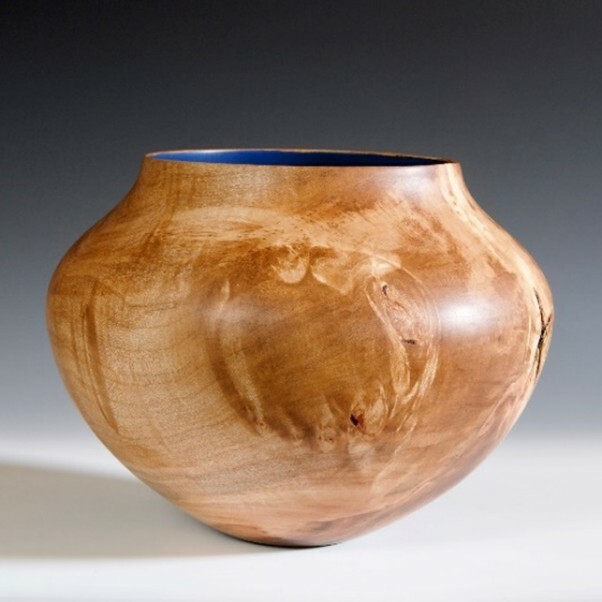
Calabash Bowl
There are numerous variations of calabash bowls. The common threads are that it is a voluminous closed form bowl with a round bottom. I will demonstrate how I rough out a calabash bowl and then how I complete the finish turning once dry.
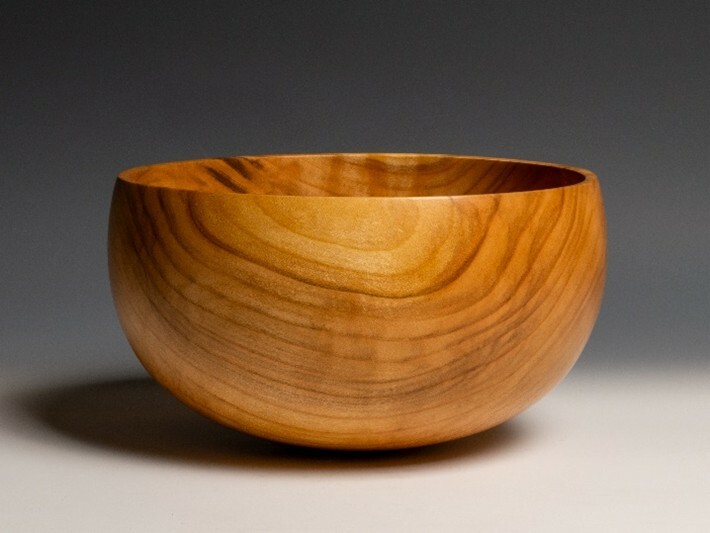
Natural Edge Bowl
Bark on or off? There are strong opinions for each, but either way, there is something alluring about the undulating rim of a natural edge bowl. Round, oval, deep, shallow, footed or rounded, the variations are nearly limitless. In this demonstration, I will show how I orient and manipulate the blank on the lathe to achieve balance between the high and low points of the rim as well as balance through the grain in the bottom of the bowl.
